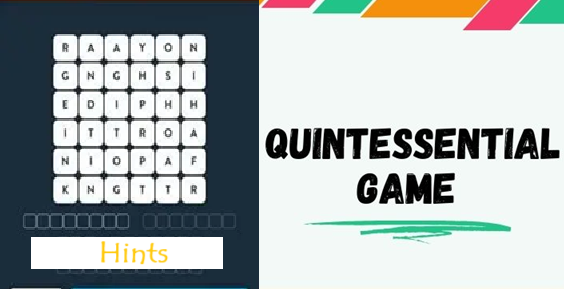
Introduction
Space has always fascinated humanity, from ancient stargazers mapping constellations to modern-day engineers launching satellites for communication and exploration. The concept of a “satellite game” has evolved significantly, covering everything from entertainment in video games to scientific applications in satellite communications. This blog post explores the different facets of the satellite game, from interactive gaming experiences to the role of game theory in optimizing satellite networks.
Satellite-Themed Video Games: A Journey Through Space
1. Orbient: A Gravitational Puzzle
One of the most notable games featuring satellites is Orbient, a puzzle video game developed by Skip Ltd. and published by Nintendo. The game is centered around gravity mechanics, where players control a star and navigate different celestial bodies. The goal is to absorb smaller stars while maintaining a stable orbit. The challenge comes from gravitational fields that affect movement, requiring players to strategize their orbits effectively.
2. Mars Horizon: Managing a Space Agency
In Mars Horizon, players take on the role of a space agency director, tasked with building satellites, launching rockets, and managing missions to Mars. The game involves intricate decision-making, balancing technological advancements, budgets, and public support. Players must plan satellite launches and ensure successful space missions, making it a strategic simulation rather than an arcade-style space game.
3. Kerbal Space Program: Designing and Launching Satellites
Although not exclusively about satellites, Kerbal Space Program allows players to design and launch satellites into orbit. With realistic physics and orbital mechanics, players must plan their satellite launches meticulously to ensure successful space missions. The game has been widely praised for its educational value, teaching players about spaceflight dynamics in an engaging and interactive way.
Game Theory in Satellite Communications
Beyond entertainment, the “satellite game” takes on a more technical and strategic meaning when applied to real-world satellite communications. Game theory, a mathematical approach to decision-making, plays a crucial role in optimizing satellite networks.
1. Resource Allocation in Satellite Networks
Satellite networks require efficient resource allocation, including bandwidth, power, and frequency spectrum. Game theory helps in determining optimal resource distribution among multiple users and service providers. Different players in this “game” include satellite operators, ground stations, and network providers, all competing for limited resources.
2. Spectrum Sharing Strategies
With the rising demand for wireless communications, spectrum scarcity has become a major challenge. Game-theoretic approaches help in formulating fair spectrum-sharing mechanisms between satellite and terrestrial networks. These strategies reduce interference and ensure maximum efficiency for all stakeholders.
3. Security and Anti-Jamming Techniques
Satellite communication systems are vulnerable to cyber threats such as jamming and eavesdropping. Game theory models the interactions between attackers and defenders, allowing security experts to develop optimal countermeasures. By predicting the actions of potential adversaries, these models enhance the resilience of satellite networks.
4. AI and Machine Learning Integration
Modern satellite networks are increasingly incorporating artificial intelligence (AI) and machine learning to enhance decision-making processes. Game theory complements AI by providing structured frameworks for resource optimization and network security. AI-driven satellite networks use predictive modeling to adjust frequencies, power levels, and data transmission rates dynamically.
Educational and Scientific Applications
1. GPS Satellite Data Activities
Educational initiatives like the “GPS Satellite Data: Distorted Disturbances Game” allow students to understand how atmospheric conditions affect GPS signals. This game-like activity simulates real-world challenges engineers face when designing satellite-based navigation systems.
2. The GT4Satellite Repository
For those interested in deep research, the GitHub repository “GT4Satellite” provides extensive resources on game theory applications in satellite communications. It includes research papers, algorithms, and case studies that help scholars and professionals explore this growing field.
The Future of the Satellite Game
As space technology advances, the “satellite game” will continue to evolve. From more immersive space simulation games to sophisticated game-theoretic models in satellite communications, the fusion of gaming and space science presents endless possibilities. Whether you are a gamer fascinated by space or a researcher optimizing satellite networks, the satellite game remains a fascinating and ever-expanding domain.
Conclusion
The satellite game is a broad and dynamic concept that bridges entertainment, strategy, and science. Whether through engaging space-themed video games or the application of game theory in satellite communication, this field offers valuable insights and opportunities for exploration. As technology progresses, both gamers and scientists will continue to push the boundaries of what is possible in the vastness of space.



